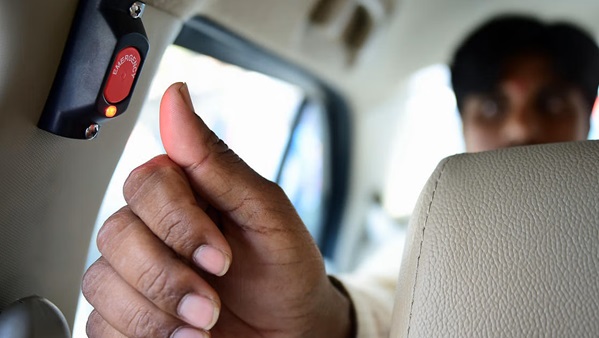Bengaluru’s Panic Buttons: High-Cost System Fails to Deliver Commuter Safety Promise
Despite crores spent, panic buttons in city cabs and buses trigger false alerts and little protection.

Panic Buttons Installed, But Where Is the Real Safety?
City officials introduced panic buttons under the Nirbhaya Scheme aiming to enhance commuter safety and security. However, widespread misuse undermines their effectiveness, often turning them into unreliable safety tools. Because people often trigger panic buttons out of curiosity, the system registers almost no true emergencies. In addition, service centers rarely follow up, leaving drivers without validation or guidance. Meanwhile, transport unions criticize costly installations that tax drivers without delivering promised protection. Consequently, commuters learn to ignore the buttons and rely on traditional helpline numbers instead. Therefore, the safety infrastructure fails to deliver results it initially promised. Ultimately, authorities must reassess both strategy and implementation to restore public trust.
Why Do Panic Buttons Fail Regularly?
Drivers report that most button presses generate no response from the control center, which causes frustration. Also, the command center treats every alert as genuine, wasting time and resources on false alarms. Since only 18 of thousands of alerts prove legitimate, the system lacks robust filtering logic. Moreover, prank triggers—especially in school and college buses—overwhelm response teams daily. As a result, the control room becomes desensitized and slower to react to genuine emergencies. Furthermore, ineffective infrastructure and poor operator training exacerbate the issue further. Because of these failures, many drivers view panic buttons as expense rather than protection. Consequently, the scheme merely satisfies compliance, rather than promoting actual commuter safety.
Who Pays for These Ineffective Systems?
Cab drivers reveal they spend up to ₹16,000 on panic buttons and Vehicle Tracking Devices. Additionally, vendors often charge inflated prices without delivering reliable maintenance or functionality. Meanwhile, public bus drivers say they incurred no installation costs yet still receive no benefits. Moreover, the Transport Department’s pricing guidelines conflict with real vendor charges, creating confusion. As a result, drivers see the devices as burdensome, unfair, and financially draining. To make matters worse, unions and drivers report harassment during enforcement for improper device use. Since the system provides no return on investment, the requirement only breeds resentment. Ultimately, the cost without support turns the scheme into another regulatory failure.

What Are Authorities Doing About the Failure?
Government officials now propose stricter wiring standards, maintenance checks, and direct callback systems for every alert. Meanwhile, awareness drives will soon launch in schools, colleges, and public stops to prevent misuse. Moreover, the Transport Department claims it will train drivers and command staff for better response times. Because current systems lack intelligence, new tracking software might soon filter false alarms from urgent ones. Additionally, audits will track vendor charges and fix price gaps that burden independent cab owners unfairly. Therefore, efforts are slowly building toward restoring both driver and public confidence in the system. Although late, these improvements may finally give meaning to the safety promise behind panic buttons.
Public Awareness Remains the Missing Piece
Despite multiple rollouts, most passengers don’t know how panic buttons work—or what happens after pressing one. Moreover, drivers admit they receive little instruction about the system, reducing proper usage during real emergencies. Because information is missing at the ground level, systems fail regardless of technology or investment. Therefore, without strong public education, panic buttons remain just buttons—not lifesaving tools. Furthermore, government helplines like 1091 and 112 still provide better response than button-based alerts today. Ultimately, people trust their phones more than public safety systems—and that trust must be rebuilt through action.




